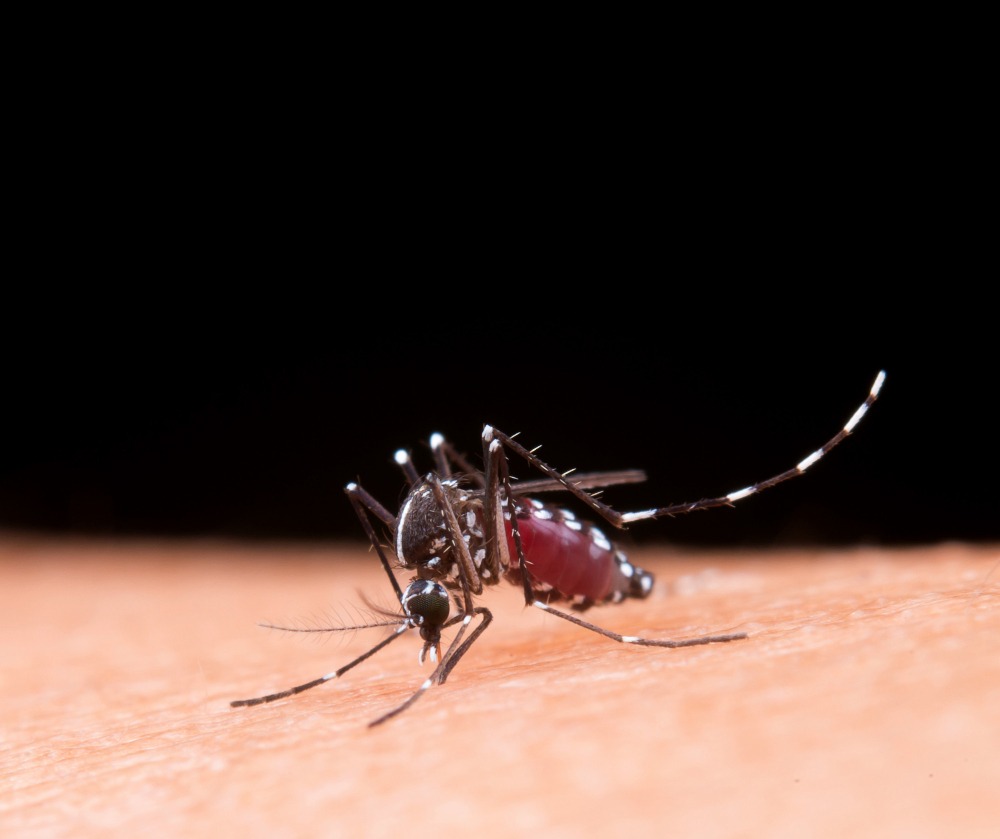Dengue fever is a mosquito borne viral infection that affects millions every year especially in tropical and subtropical regions. One of the most critical indicators of severe dengue is a drop in platelet count, which can lead to life threatening complications if not managed properly. In this article, we will explore the 10 alarming symptoms of low platelets in dengue, understand why they occur and what actions should be taken.
Whether you’re a concerned parent, caregiver or simply seeking to educate yourself this detailed guide will help you stay informed and prepared.
What Are Platelets and Why Are They Important?
Platelets, also known as thrombocytes are tiny blood cells that help your body form clots to stop bleeding. When you get injured, platelets rush to the site, stick together, and create a plug to seal the wound.
In dengue, the virus affects the bone marrow and suppresses platelet production. It also increases the destruction of platelets. A healthy individual typically has 1.5 to 4 lakh platelets per microliter of blood. When the count drops below 1 lakh symptoms start becoming visible.
Let’s now dive into the 10 alarming symptoms of low platelets in dengue that should never be taken lightly.
1. Unexplained Bruising on Skin (Purpura)
One of the earliest and most noticeable symptoms of low platelets in dengue is sudden bruising without any physical trauma. These purplish spots also called purpura can appear anywhere on the body, arms, legs, back or even face.
Why this happens:
With fewer platelets, the body cannot seal tiny blood vessels when they break. This leads to blood seeping into the skin tissue, resulting in bruises.
Example:
A dengue patient may wake up with large purple patches on the thighs or arms even though they haven’t bumped into anything.
2. Frequent Nosebleeds (Epistaxis)
Another one of the common symptoms of low platelets in dengue is recurring nosebleeds. These may happen with little or no provocation, such as sneezing or even while sleeping, and can be difficult to stop.
Why this happens:
When platelet levels are low, the blood vessels in the nose become fragile and more prone to rupture, especially in dry weather or with slight pressure.
Significance:
If a dengue patient starts experiencing frequent nosebleeds, it’s a strong warning sign that the platelet count is dropping rapidly.
3. Bleeding Gums
Bleeding gums during normal activities like brushing teeth or eating are also key symptoms of low platelets in dengue. The gums may look swollen or tender and bleed easily.
Why this happens:
Platelets help maintain the strength of blood vessels, including those in the gums. When they are deficient, even minimal friction can cause bleeding.
A person may find pink foam while brushing or see blood in food while chewing hard fruits—clear signs that point toward one of the symptoms of low platelets.
4. Tiny Red Dots on Skin (Petechiae)
Petechiae are small, pinpoint-sized red or purple dots that commonly appear on the legs, arms, and abdomen. These are one of the early symptoms of low platelets in dengue and may be mistaken for a rash.
Why this happens:
Without enough platelets, minor pressure or friction can cause bleeding beneath the skin, resulting in petechiae.
How to confirm:
Use the “glass test”—press a transparent glass against the area. If the spots do not fade under pressure, it could indicate petechiae, a serious symptom of low platelets in dengue that requires urgent medical care.
5. Blood in Urine or Stool
Internal bleeding is among the severe symptoms of low platelets in dengue. Blood may be seen in urine (hematuria) or appear as dark, tar-like stools (melena), which can go unnoticed without laboratory tests.
Why this happens:
Extremely low platelet counts result in poor clotting, causing internal blood vessels to rupture.
Example:
A child with dengue might pass dark-colored urine or black stools—an indication that bleeding is occurring inside the body, highlighting dangerous symptoms.
6. Extreme Fatigue and Weakness
While general tiredness is typical in many viral infections, symptoms of low platelets in dengue include severe exhaustion that doesn’t improve with sleep.
Why this happens:
Platelets help carry oxygen and nutrients. Low levels can reduce energy supply to the muscles and brain, causing the patient to feel unusually weak.
Real case:
Some patients report they feel too tired to even get up or hold basic objects—an often overlooked yet important symptom of low platelets in dengue.
7. Abdominal Swelling and Pain
Intense pain in the stomach, especially on the upper right side, is another concerning symptom of low platelets in dengue. This is often accompanied by vomiting and nausea.
Why this happens:
A drop in platelets can lead to bleeding in internal organs or inflammation in the liver, causing swelling in the abdomen.
Warning:
Persistent pain in the abdomen is a red flag for serious complications like dengue hemorrhagic fever—a life-threatening condition caused by low platelet count.
8. Rapid Heartbeat or Low Blood Pressure
When internal bleeding occurs, it affects the body’s ability to circulate blood efficiently. A racing heart or low blood pressure is one of the physiological symptoms of low platelets in dengue that could signal internal shock.
Why this happens:
The body tries to compensate for low oxygen levels by increasing the heart rate, but eventually blood pressure drops if the bleeding isn’t controlled.
Example:
If a patient feels dizzy upon standing or faints easily, this could point toward circulatory problems caused by low platelets in dengue.
9. Prolonged Bleeding from Cuts or Wounds
A minor cut that keeps bleeding for several minutes can be one of the obvious symptoms of low platelets in dengue. The wound may take a long time to form a scab or may reopen frequently.
Why this happens:
With a lack of platelets, the body struggles to initiate and complete the clotting process which is crucial for healing.
Significance:
This prolonged bleeding especially when combined with other signs, confirms a deteriorating platelet count and calls for urgent medical monitoring.
10. Eye Issues: Blurred Vision or Bleeding in the Eye
Though rare, bleeding inside the eye is a serious symptom of low platelets. Patients may experience blurred vision, floating black spots, or pain in the eyes.
Why this happens:
Weak capillaries in the retina may burst due to low platelet levels, leading to visual disturbances.
When to act:
If a dengue patient complains of vision issues, it may be a sign of hemorrhaging in the eye. Immediate medical attention is necessary to prevent long-term damage.
Also Read: Malaria vs Dengue Symptoms
Normal vs Danger Zones for Platelet Count

Platelet Count (per microliter) Clinical Significance
| Platelet Count (per microliter) | Category | Clinical Significance |
| 150,000 – 450,000 | Normal | Healthy range, no risk |
| 100,000 – 150,000 | Mild Thrombocytopenia | Monitor if symptoms appear |
| 50,000 – 100,000 | Moderate | Needs close observation, possible complications |
| Less than 50,000 | Severe | Hospitalization recommended |
| Less than 20,000 | Critical | High risk of spontaneous bleeding, emergency care |
When to Seek Immediate Medical Help?
If you notice two or more of the following symptoms of low platelets in dengue, go to the emergency room right away:
- Continuous bleeding (nose, gums, stool)
- High fever that doesn’t drop with medication
- Confusion or drowsiness
- Severe abdominal pain
- Rapid drop in blood pressure
Time is crucial. Early intervention can prevent dengue from progressing into dengue hemorrhagic fever (DHF) or dengue shock syndrome (DSS) which are potentially fatal.
How to Increase Platelets Naturally?
While there’s no magic cure, certain practices may support platelet production and recovery:
- Papaya Leaf Extract: Believed to stimulate platelet production.
- Hydration: Drink plenty of water and electrolyte-rich fluids.
- Healthy Diet: Include Vitamin C, folate, and iron-rich foods like spinach, citrus fruits, and pomegranate.
- Avoid Painkillers: Drugs like ibuprofen or aspirin can worsen bleeding.
Remember, always consult a doctor before trying any home remedies, especially during dengue.
Recovery Timeline for Platelet Count in Dengue

| Phase | Duration | Description |
| Febrile Phase | Day 1–3 | High fever, severe body pain, headache, and fatigue |
| Critical Phase | Day 4–6 | Drop in platelet count, risk of bleeding and complications |
| Recovery Phase | Day 7–10 | Platelet count begins to rise, symptoms gradually improve |
Tracking the daily platelet count is important during the critical phase. A sharp drop below 50,000 warrants hospitalization and monitoring.
Final Thoughts
Identifying the symptoms of low platelets in dengue early can literally save a life. Whether it is minor signs like bruising or major warnings like internal bleeding timely recognition and treatment make all the difference.
Don’t ignore the symptoms. Stay alert, seek professional help and support the body with rest, hydration and a platelet friendly diet.
Frequently Asked Questions
1. What is the normal platelet count, and when should I worry during dengue
A normal platelet count ranges from 1.5 to 4 lakhs per microliter. If it falls below 1 lakh, it’s considered low. Medical attention is necessary if the count drops below 50,000, especially with bleeding symptoms.
2. Can low platelets in dengue cause death?
Yes, severely low platelets (especially below 20,000) can lead to internal bleeding, shock, or organ failure, which can be life-threatening if not treated promptly.
3. Are the symptoms of low platelets in dengue the same for children and adults?
The symptoms are generally similar, such as bruising, nosebleeds, and fatigue. However, children may deteriorate faster, so closer monitoring is essential.
4. Can home remedies like papaya leaf juice really increase platelets?
While papaya leaf extract is popular and may help some individuals, it is not a substitute for medical treatment. Always consult a doctor before trying home remedies.
5. How quickly can platelet levels recover after dengue?
Platelet levels usually begin to recover by day 7 or 8 of the illness during the recovery phase. However, the rate of recovery can vary depending on the severity and individual health conditions.




